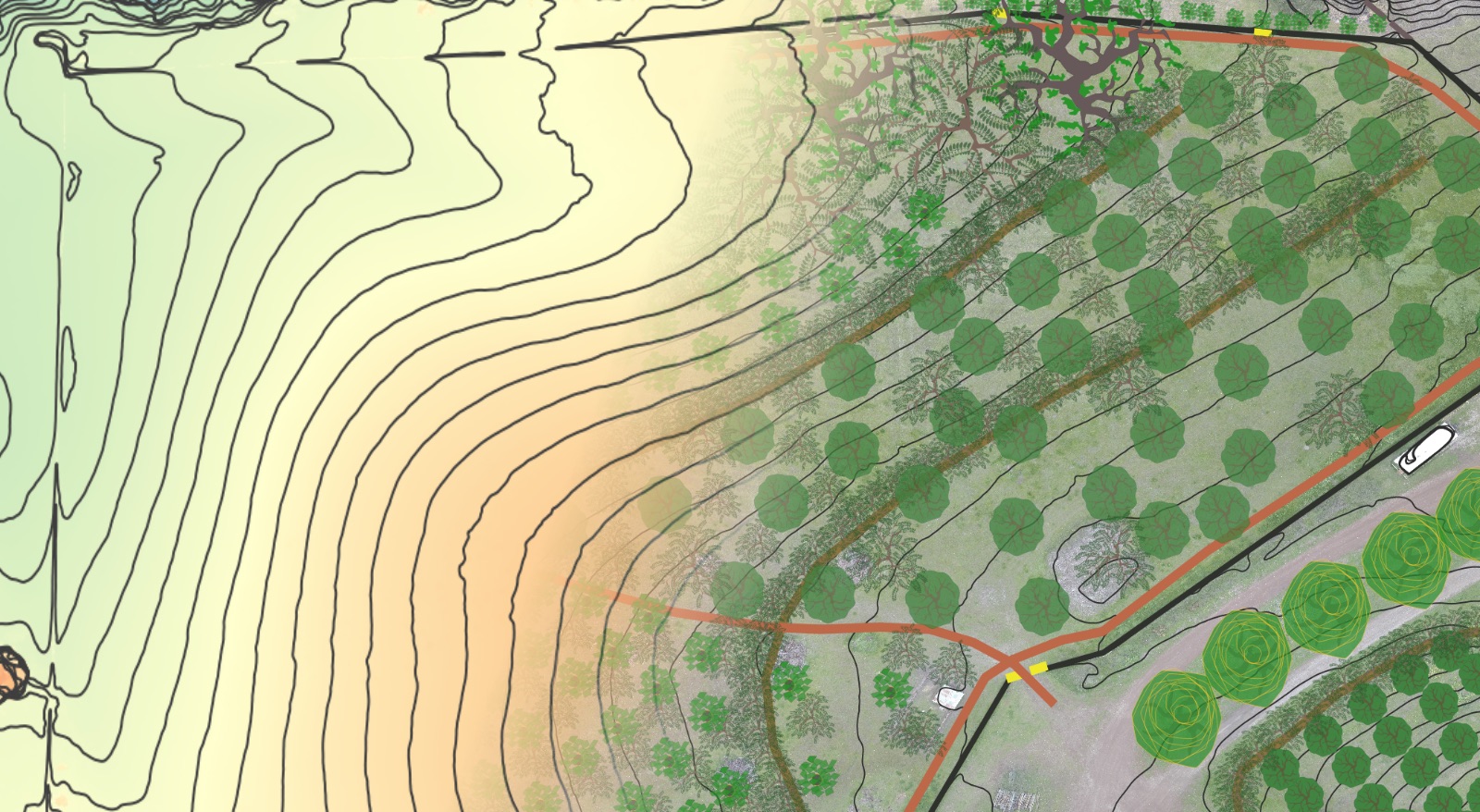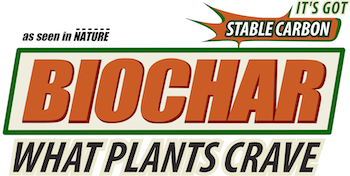What Is Live Staking?
Live staking is a tree establishment method by which small-diameter branches or certain tree or shrub species can be pushed, dug or pounded into wet, perennially moist or irrigated soils prior to bud break, where they will strike root and become an entirely new tree or shrub.
How Does Live Staking Work?
Live staking leverages a process called adventitious rooting, whereby a tree or plant will set roots from typically non-rooting meristematic tissues in response to a stressor – in this case the physical injury of cutting and driving the branch into the soil. Provided the new live stake receives enough water and sunlight, it will develop into a fully-formed, healthy tree.
Applications
Live staking is primarily used to stabilize stream banks and ephemeral waterways, or to establish trees in perennially moist soils. Live staking is an affordable way to establish lots of trees quickly along newly cut swales, terraces, armored drains, ponds and other passive water harvesting earthwork elements. Live staking is a great way to establish living fences that function to control the movement of livestock while also creating habitat, growing livestock fodder or other harvestable crops, and beautifying the space. Live staking is used to establish living structures like gazebos, kids forts and playgrounds.
Harvesting & Preparing Live Stakes
The best branches to use for live staking are straight, vertical growing trunks and stems. Harvest the stakes during the late dormant season, and set in water immediately after cutting to keep them from drying out.
At a minimum, stakes should be as thick as a human thumb up to 3-4” thick, and be 2-3+’ in length for the highest strike rate. Select stakes that are at least 2 years of age that are mature and hard. The thicker the diameter of the stake, the more stored energy it will have available to put towards rooting and branch development. When harvesting, aim to include at least 5-7 nodes per stake.
Cut the top of each stake flat and the bottom at an angle to make it easy to identify which side goes up (this will also help when driving the stakes into the ground – the flat top is easier to push/hammer and the angle bottom will more easily penetrate the ground). Remove all small branches and twigs from the live stakes – this will increase the hormonal rooting response and make it much easier to drive the stakes into the soil, and will help keep the stakes from drying out.
Place freshly harvested stakes into a bucket of water (water depth should be ~ 1/3rd the total length of the stake) immediately after cutting to keep them hydrated, and place them in a cool and dark location. Stakes can be stored for up to 7-10 days in these conditions, though ideally they will be planted within 24 hours of harvest.
Planting Live Stakes
Fresh cut whips are best when installing a large number of live stakes, as they can simply be pushed or pounded into the ground if the soil is loose and damp enough, or a metal stake of comparable diameter to the whips can be driven into the soil to create a perfectly sized hole for the live stake to be inserted into. The metal stake should be the same diameter as the live stakes in order to ensure no airspace is left in the hole that could inhibit root formation or allow the stake to dry out. Stakes should be planted approximately 2/3rds in the ground and 1/3rd above. Generally, the deeper they can be planted the better.
Staking should happen in late winter or early spring, when soils are moist but the risk of deep freezes has passed (frost heave can push new live stakes out of the ground if they haven’t had a chance to set significant roots yet). Once the stake is driven in to the appropriate depth, the top should be cut clean if it has become damaged or frayed from the driving process.
In drier, sunnier, and hotter climates, and even in cooler and more humid climates, painting the top cut with latex paint will help to decrease evaporative losses from the exposed plant tissue and decrease the chances of infestation or infection. Beeswax, plant resins, pitch or bitumin can also be used.
Good Live Stake Species
Live stakes should be selected from tree species that are well-adapted to riparian or perennially moist soils (e.g. areas with high water tables). Some species with a known track record for successful live staking in a wide variety of climates and conditions are listed below:
- Willow (Salix spp.) – Willows produce a very strong, fibrous hairnet root system, and are excellent for stabilizing riparian or perennially wet or moist soils.
- Alder (Alnus spp.) – Alder is a fast-growing pioneer tree that also fixes nitrogen. It is frequently found growing in disturbed soils along road edges and in roadside ditches.
- Dogwood (Cornus spp.) – Red Osier, Gray and Silky varieties. More shrub-like, typically multi-stemmed.
- American Sycamore (Platanus spp.)
- Elderberry (Sambucus spp.) – Edible, medicinal, does well on riparian edges with good sun exposure.
- Pacific Ninebark (Physocarpus capitatus)
- Buttonbush (Cephalanthus occidentalis)
- Spicebush (Lindera benzoin)
- Poplars / Cottonwoods / Aspens (Populus spp.) – Fast-growing in moist soils.
- Black Twinberry (Lonicera involucrata) – Best rooting results with 2-3 year old wood.
- Common Snowberry (Symphoricarpos albus) – Best rooting results with 2-3 year old wood.
- Black Mulberry (Morus rubra) – Has the capacity to root on its own, will benefit from soaking in willow water to increase rooting response prior to staking.
- Indian Plum (Oemleria cerasiformis) – North American native, produces edible fruit and roots well in moist soils.
- Viburnum species.
Additional Resources
- Larger list of specific species usable for live staking: NRCS Technical Bulletin – Plant Species with Rooting Ability from Live Hardwood Materials for use in Soil Bioengineering Techniques
- View our YouTube playlist on Live Staking to learn more about live staking and its applications in a variety of different bioregions.





One response to “All About Live Staking”
[…] SHD Primer – All About Live Staking […]